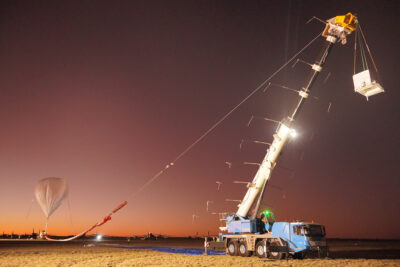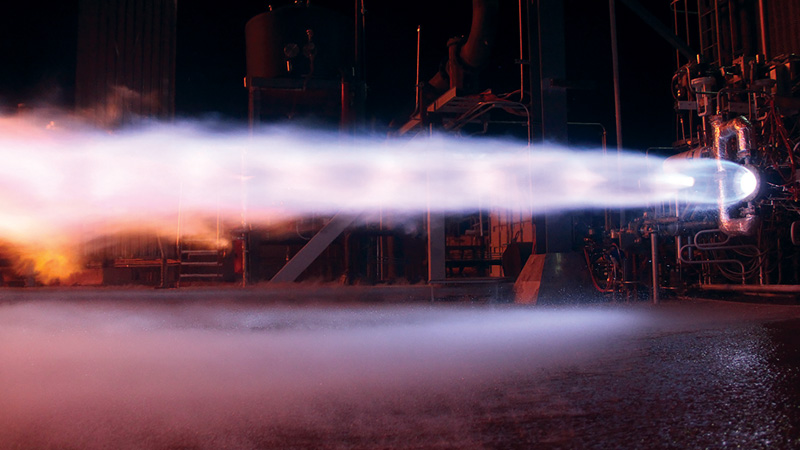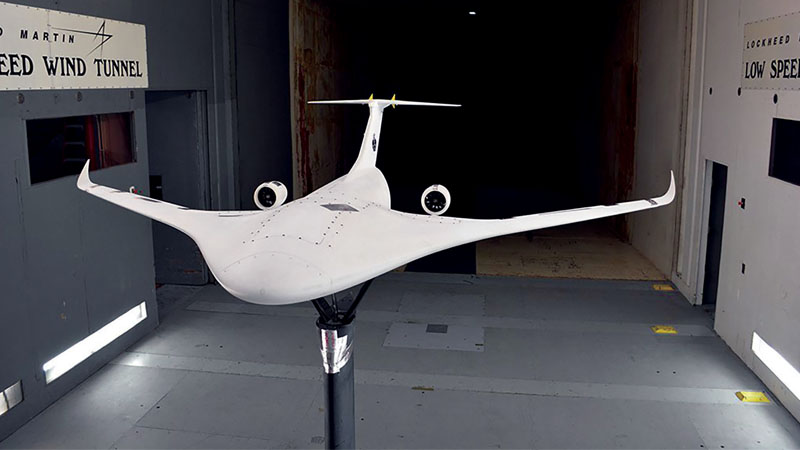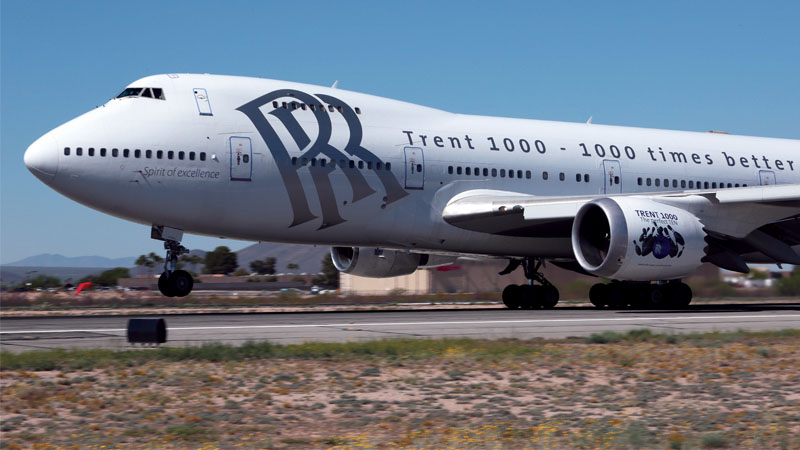Governments, civilian groups increase push for research and reporting
By Patrick Donovan|December 2024
The Unidentified Anomalous Phenomena Integration and Outreach Committee seeks to improve aviation safety by enhancing scientific knowledge of, and mitigating barriers to, the study of unidentified aerospace phenomena.
This year marked a shift in the unidentified anomalous phenomena, or UAP, area of study. In addition to raising awareness and reducing the stigma associated with the topic, civil and government groups took several concrete steps toward addressing the potential safety hazard that these objects pose.
In January, U.S. Reps. Robert Garcia (D-CA) and Glenn Grothman (R-WI) introduced the Safe Airspace for Americans Act. The bill would compel FAA to “establish procedures and reporting requirements for incidents relating to unidentified anomalous phenomena” and offer legal protection from repercussions against those who report sightings. As of November, the bill was still pending.
In May, some 80 members of the Japanese parliament formed a nonpartisan group to advocate for the creation of a government organization to investigate UAP. Led by Yasukazu Hamada, a former Japanese defense minister and current parliamentary affairs leader of the ruling Liberal Democratic Party, the group held its first meeting in early June.
In the European Union, parliament member Francisco Guerreiro in March introduced a resolution to “propose guidelines for a common methodology for reporting and analysing UAP sightings” in EU airspace. Later that month, scientists, pilots and members of parliament gathered to discuss how to mitigate potential safety risks from UAP.
In July, U.S. Senate Majority Leader Chuck Schumer (D-NY) and Sen. Mike Rounds (R-SD) reintroduced their UAP Disclosure Act as an amendment to the fiscal 2025 National Defense Authorization Act, or NDAA. The bill would mandate the collection and public release of all government UAP records within 25 years of their creation, as well as establish a review board to evaluate any instances in which select records should be kept classified for reasons including national security. These provisions ultimately weren’t included in the draft that was under consideration in mid-November. However, the fiscal 2024 NDAA had directed the U.S. National Archives and Records Administration to establish an Unidentified Anomalous Phenomena Records Collection, which the agency completed in February.
In March, the U.S. Defense Department’s All-domain Anomaly Resolution Office, or AARO, released the first volume of its review of past government investigations into UAP. During a press briefing at the Pentagon, acting director Tim Phillips said the office “found no verifiable evidence that any UAP sighting has represented extraterrestrial activity” or that “any information was illegally or inappropriately withheld from Congress.” Phillips also said that AARO has been developing a “deployable surveillance system” of unspecified size. Dubbed GREMLIN, this sensor suite would be deployed in locations such as restricted airspace where military aviators have reported UAP sightings.
Also in March, Canada’s Office of the Chief Science Advisor announced that it plans to produce a UAP report as part of the ongoing Sky Canada project, through which the office aims to improve UAP reporting in Canada.
In November, the U.S. House Committee on Oversight and Accountability Committee held a two-hour hearing on UAP, with four former government officials presenting testimony. The hearing led to bipartisan calls for increasing government transparency on the subject and protecting whistleblowers. At the same time, AARO released its Fiscal Year 2024 Consolidated Annual Report on UAP. AARO said it received 757 new cases since the last report, many of which remained unresolved. Later that month, AARO testified at a U.S. Senate Armed Services Committee hearing on UAP.
In academia, there was an increase in published UAP scientific papers throughout the year. The newly created Sol Foundation, a think tank that advised governments on the study of UAP, published five new white papers between March and July. And in June, the Major Cities Chiefs Association, a nonprofit for police chiefs of major U.S. cities, published and disseminated a detailed UAP Briefing Guide to advise departments on handling UAP-related cases and encounters.



































